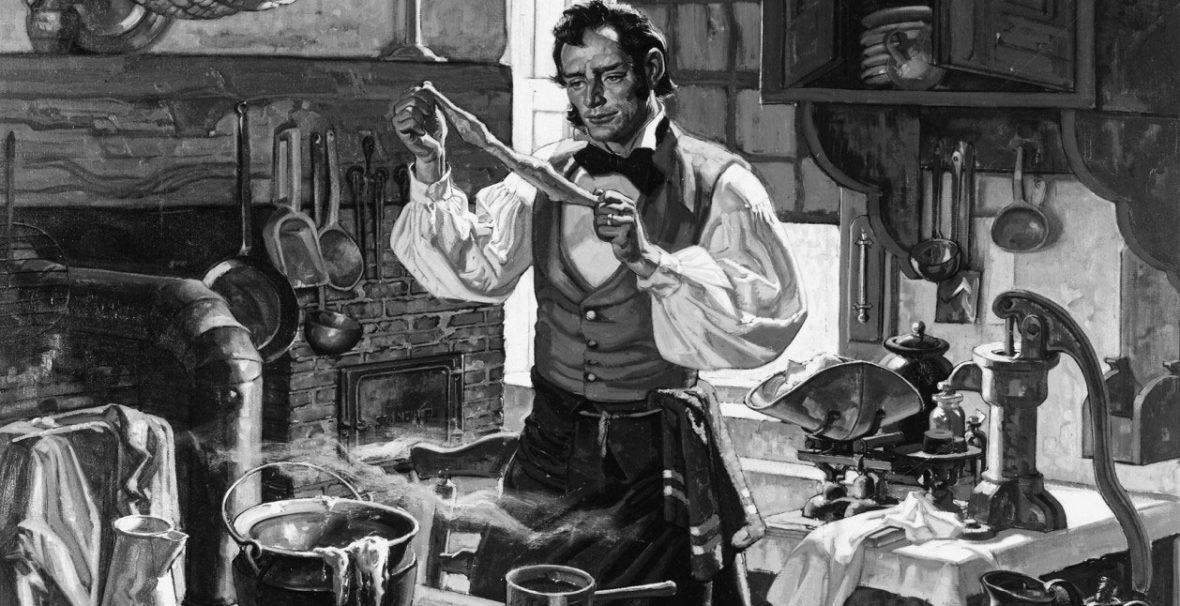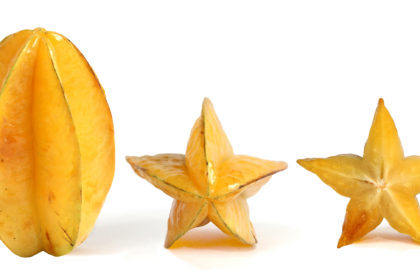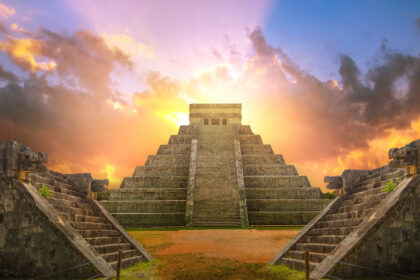Charles Goodyear was an American self-taught chemist and manufacturing engineer who developed vulcanized rubber, for which he received the patent number 3633 from the United States Patent Office on June 15, 1844. Take a look below for 26 more strange and interesting facts about Charles Goodyear.
1. Goodyear is credited with inventing the chemical process to create and manufacture pliable, waterproof, moldable rubber. However, the Mesoamericans used a more primitive stabilized rubber for balls and other objects as early as 1600 BC.
2. Goodyear’s discovery of the vulcanization process followed five years of searching for a more stable rubber and stumbling upon the effectiveness of heating after Thomas Hancock.
3. His discovery initiated decades of successful rubber manufacturing in the Lower Naugatuck Valley in Connecticut, as rubber was adopted to multiple applications, including footwear and tires.
4. The Goodyear Tire and Rubber Company is named after him.
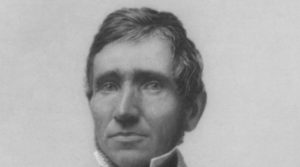
5. Goodyear was born at New Haven, Connecticut in the year 1800.
6. His father was an inventor and hardware manufacturer.
7. He worked in his father’s button factory and educated himself at home.
8. In 1816, Goodyear became an apprentice at a firm of hardware merchants in Philadelphia.
9. After returning home in 1821, he formed a business partnership with his father, which lasted until 1830 when the business had to be shut down.
10. Despite the fact that he lived in extreme poverty and was sent to debtors’ prison several times for being unable to meet his obligations, Goodyear persisted relentlessly with his research and spent the majority of his life dedicated to this pursuit.
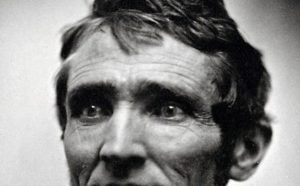
11. While he was in prison, he asked his wife to bring him a batch of raw rubber and a rolling pin, starting his first set of experiments in 1834.
12. Once he was out of prison, he tried adding magnesia powder to the rubber mixture to make it less sticky.
13. On August 3, 1824, he married Clarissa Beecher.
14. In 1826, he moved his family to Philadelphia, where he opened a hardware store.
15. He did most of his work in his hardware store. His specialties were the valuable agricultural implements that his company had been manufacturing, and after the first distrust of domestically made goods had worn away, for all agricultural implements were imported from England at the time, he found himself heading a successful business.
16. Between 1829 and 1830, he broke down in health, being troubled with dyspepsia. At the same time, the failure of a number of business endeavors seriously embarrassed his firm.
17. Shoes were the first item that Goodyear made. His wife and children helped him to grind, calendar and vulcanize the rubber.
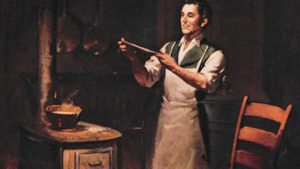
18. When he made his first shoes from rubber, his compounds included lampblack, India rubber and magnesia.
19. Goodyear died on July 1, 1860, while traveling to see his dying daughter. After arriving in New York, he was informed that she had already died. He collapsed and was taken to the Fifth Avenue Hotel in New York City, where he died at the age of 59.
20. He is buried in New Haven at Grove Street Cemetery.
21. In 1898, almost four decades after his death, The Goodyear Tire and Rubber Company was founded and named after Goodyear by Frank Seiberling.
22. On February 8, 1976, he was among six individuals selected for induction into the National Inventors Hall of Fame.
23. In Woburn, Massachusetts, there is an elementary school named after him.
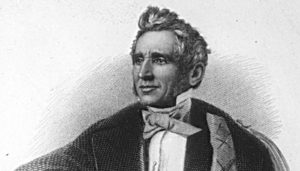
24. The Government of France made him a Chevalier de la Legion d’honneur in 1855.
25. The ACS Rubber Division awards a medal named in Goodyear’s honor, the Charles Goodyear Medal. The medal honors principal inventors, innovators, and developers whose contributions resulted in a significant change to the nature of the rubber industry.
26. The Goodyear welt, a technique in shoemaking, was named after and in honor of its inventor, Charles’s son; Charles Goodyear Jr.

